begin quote from:
https://www.cnn.com/travel/article/driving-across-the-world-land-rover-1970s/index.html
This couple drove across the world in a Land Rover in the 1970s
Tamara Hardingham-Gill, CNN • Published 28th November 2022
Editor's Note — Sign up for Unlocking the World,
CNN Travel's weekly newsletter. Get news about destinations opening,
inspiration for future adventures, plus the latest in aviation, food and
drink, where to stay and other travel developments.
(CNN) — The
#vanlife trend has taken off in a big way in recent years, with
countless travelers opting to hit the road in tiny homes on wheels.
However,
setting off on the adventure of a lifetime in a converted van is by no
means a new sensation; campervan conversions have been around since as
early as the 1950s.
But
what was it like to drive across the world back when there were no GPS
systems or mobile phones, not to mention social media platforms?
UK
travelers Alec and Jan Forman drove across Europe, Africa and Asia in a
Land Rover Series III in 1977, relying on a compass and various maps to
guide them through 29 different countries, including Afghanistan and
Iran.
Overland adventure
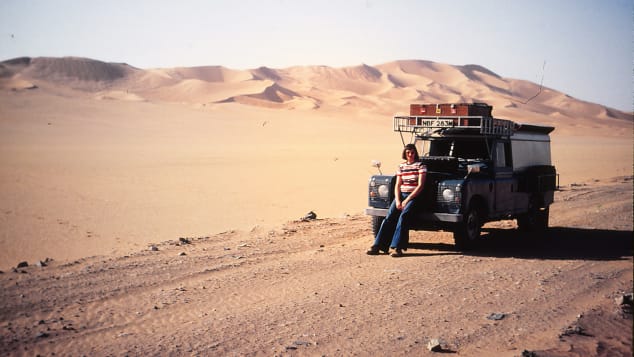
Back in 1977, UK couple Alec and Jan Forman drove across 29 countries in a Land Rover Series III.
Alec and Jan Forman
The
couple, who met in the social bar of a British military hospital in
Germany back in 1972 and were married two years later, say they spent
around five years saving for the incredible 14-month trip.
After
searching for a suitable vehicle to embark on the trip in, they settled
on a relatively new Land Rover owned by Alec Forman's uncle, who'd been
using it to carry pigs and potatoes at his farm, and set about
converting the iconic British-made off-road vehicle into a campervan.
"We
kept it simple," Alec Forman, who trained as an aircraft mechanic in
the British Army, tells CNN Travel. "It wasn't like all the vehicles
they go with now, that have got all the bells and whistles. We were very
basic."
Before
setting off, the couple say they visited British travel agent
Trailfinders for advice on obtaining a Carnet de Passages -- a document
that allows travelers to cross international borders with a vehicle
without paying customs charges -- and read two books related to certain
parts of the journey.
"There was a little bit of information in there," he adds. "But nothing like what's available now."
The
Formans would go on to write a book themselves, "Strangers Like Angels:
With a Devil or Two to Boot," originally published in 2014, recounting
their time on the road.
Armed
with months' worth of dried foods, including blocks of dried meat, they
left England's West Midlands on February 4, 1977, crossing over to
Belgium on a ferry and then making their way to Germany. One of their
first stops was Rinteln, Germany, the town where they'd first met.
"We wanted to revisit it," explains Jan Forman, who trained as a nurse and midwife in the British Army.
The pair then traveled through Germany into France and on to Spain, before crossing over the Mediterranean to Morocco.
"There
was a lot of that journey that we were familiar with," she adds.
"Because we traveled quite a bit when we were stationed in the army in
Germany, so we'd explored Europe.
"It wasn't until we got to Morocco that it felt like we really were on this adventure."
They
then headed up to the Algerian border, traveling along the coast to
Algiers and then moving south through the Sahara desert.
Unforgettable journey
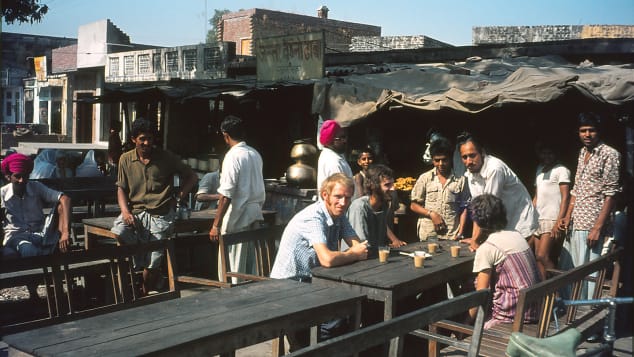
The Formans spent 14 months on the road, visiting countries such as India.
Alex and Jan Forman
Before
heading into the desert, the Formans stocked up on fuel and water,
ensuring that they had more than enough to make it across.
"We
had 75 gallons of fuel to cross the desert into Tamanrasset, which was
the first place we knew we could get fuel in southern Algeria, and 20
gallons of water," says Jan Forman.
Unfortunately,
when they arrived they were unable to get fuel immediately, and had to
wait several days before they could move on.
While
Jan Forman took on some of the driving at the start of the trip, she
was less confident about maneuvering through the desert, so the pair
decided that Alec would be the main driver, while she took on the role
of navigating.
"There
were lots of levers," she explains. "And I thought if I get this wrong,
and we're stuck in a desert, that's not going to be a good scenario. So
we split our responsibilities. And it worked very well."
Jan
Forman noted down the compass bearings and mileage of any significant
sightings, such as abandoned vehicles, or specific rocks, to ensure that
they could turn back if they got lost and would have a fair idea of
where they were.
It
was during this part of the trip that they met one of the many "angels"
who would feature in their book: A man on a camel, who gave them some
camel's milk, before instructing them to go in a different direction.
"We
later found out that the area we would have continued off into was
deep, deep, soft sand, and it may have delayed us considerably,"
explains Jan Forman.
As
they had calculated exactly how much fuel they'd need for each section
of the route and had none left to spare, any delay or off route turn
would have put them in danger of running out of fuel and potentially
failing to make it to the next town.
The
Formans went on to visit Niger, a landlocked country in West Africa,
then south to Nigeria and Cameroon, where they visited the equatorial
rainforest.
They
then headed back towards Europe, driving through Italy and Austria,
before passing through Hungary, Romania, Bulgaria and then Turkey.
After
visiting Iran, and realizing that they'd have to wait around two months
for a visa to enter Iraq, a couple they'd recently befriended suggested
that they travel to Afghanistan instead.
Kind strangers
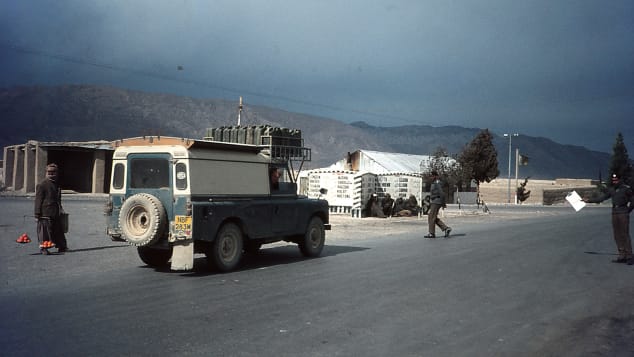
The couple also spent time in Pakistan during their incredible trip.
Alex and Jan Forman
"We'd
not done any research on Afghanistan," admits Alec Forman. "But we were
convinced by the other two that that was the place to visit."
As
they were only permitted to travel to Afghanistan in a convoy, they
teamed up with two other couples and headed off together.
"There
is a central route where you drive 1,000 kilometers off-road, driving
up river beds and crossing very doubtful bridges," he adds.
One
of the couples was forced to turn back when their vehicle was damaged,
but the Formans and the other twosome continued on together.
When
they reached Afghanistan, they were readily welcomed by locals and even
received an invitation for tea at the home of a local family.
"The people were nothing but kind and generous," says Alec Forman. "So we had a great time."
Their
next stop was Pakistan, where they visited Swat Valley and Lahore, and
then India. While much of their journey went to plan, the couple
experienced their fair share of tricky encounters.
One
of those came about when they decided to drive to the highest point of
the highest road in the world in Ladakh, a mountainous region east of
the Kashmir Valley.
"Alec
stood at the South Pole in Antarctica, so he thought it would be pretty
cool to go to the highest point of the highest road in the world to
match that," explains Jan Forman.
While
there were signs pointing the way to the top, there were also messages
warning drivers that they were not permitted to go any further.
The
Formans and their two friends decided to continue on, passing an open
barrier, and made it all the way to the top. But on their way back, the
barrier was down, and they were confronted by a guard.
"He came out with a rifle and said, 'Where are you going? You're not supposed to be up there,'" says Alec Forman.
"We
said, 'we're very sorry, officer. We won't do it again'. And he let us
go. We figured he'd probably get in more trouble for us having gotten
through in the first place."
They went on to visit Nepal, spending Christmas in Kathmandu, before making their way back to the UK.
Although the Formans did their best to keep their families updated on their adventures, this was far from easy at the time.
"We
couldn't phone our family or anything," says Jan Forman. "We had to
rely on letters. So we would let them know when to send letters to
certain points and try to work out when we would be at a place at a
certain time."
According
to Jan Forman, her father had a big world map on the wall at the family
home in Essex, which he used to plot out their journey as they told him
the names of the towns they'd visited.
When
they returned in March 1978, they neglected to tell their families that
they were arriving a few days earlier than planned, opting to surprise
them instead.
Once
they'd settled back into life in the UK, the couple went on to have two
daughters, Esther and Heidi, and took many family trips in the Land
Rover.
New chapter
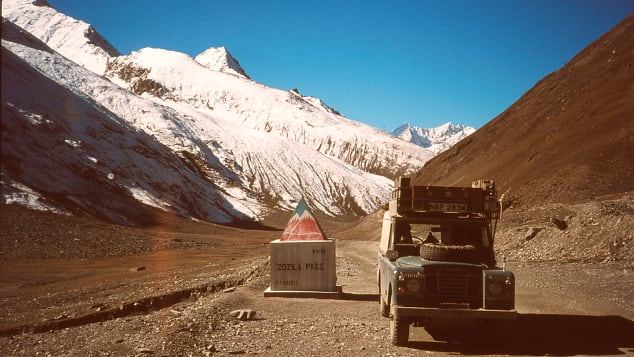
The couple's son Charles hopes to restore the Land Rover to its exterior look and finish from the 1977 adventure.
Alex and Jan Forman
By
the time they had their son Charles, they decided to get a caravan they
could attach to the back so that there was enough room for the entire
family.
In
1985, the Formans moved to Mali, where they lived for 14 years. Their
youngest daughter, Maria, was born in the northern Ivory Coast. The
family continued to use the Land Rover to travel within the UK whenever
they returned home.
"It had always been a part of our lives, until we literally grew out of it," says Jan Forman.
When
they moved to Germany in 1999, the Land Rover was returned to their
home in UK county Hertfordshire, where it remained for several years.
The
Formans eventually had it transported across to Germany, leaving it at
the bottom of their garden for 17 years. Back in 2018, Alec Forman began
to dismantle the front section until only the chassis axles and two
wheels were left.
In
May 2021, the Land Rover was towed on a trailer to France by a friend
of the family, who brought it to a barn on his farm, where it remains to
this day.
Crowdfunding project
However, Charles Forman recently launched a Kickstarter
in a bid to raise funds to publish a new photo book containing around
300 photographs from his parents' overland journey and potentially
restore the vehicle to its former glory.
"The original book had some photos," explains the designer, who launched explmore.com,
a website focused on life-changing adventure, inspired by his parents'
trip, in 2016. "But this is like a full collection of all photos."
The
project is particularly important to Charles Forman, who has fond
childhood memories of times spent traveling in the Land Rover and is
keen to see the vehicle reimagined to its original exterior look and
finish from the 1977 adventure.
"On
a personal level, I'd love to be able to use it and go on adventures
with my family to continue that sort of nostalgic legacy," he says.
"And
It seems wasteful not to try to at least restore it in some sense. But
the biggest part of it is to utilize it as a sort of source of
inspiration."
He
goes on to explain that fans of "Strangers Like Angels," and others
who've come across his parents' story, are often interested in seeing
the vehicle in the flesh.
While
the Land Rover would need to go through various modernizations, with
existing parts repaired or replaced, in order to be roadworthy again,
Charles Forman has been researching potential solutions, including
converting the engine to an electric one.
"Nowadays,
a lot of these old Land Rovers are being converted to electric because
of technology," says Charles Forman. "And I think that that would be a
cool thing to do."
While
this certainly won't be a simple task, he believes that the vehicle
could still have more adventures ahead of it in the future.
"We
hope to use it to share with others at special events and maybe take on
further overland adventures to places it has not yet been driven to,"
he adds.
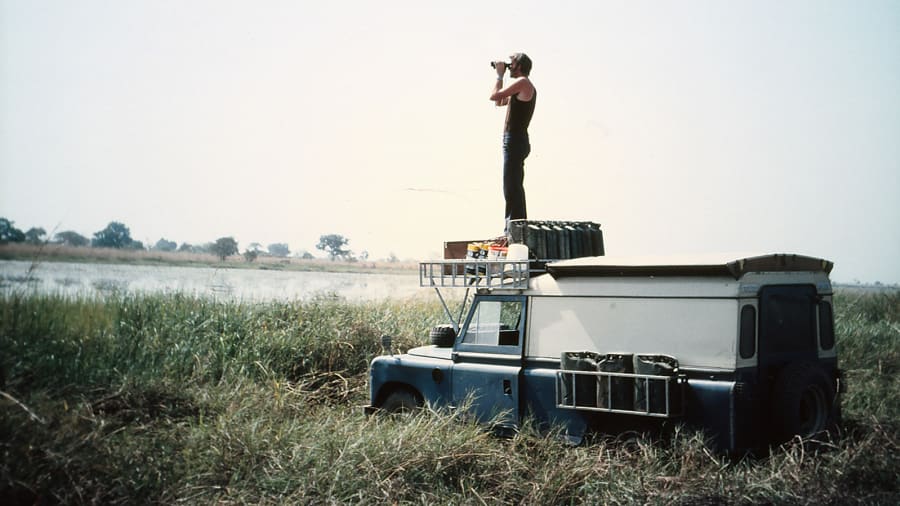
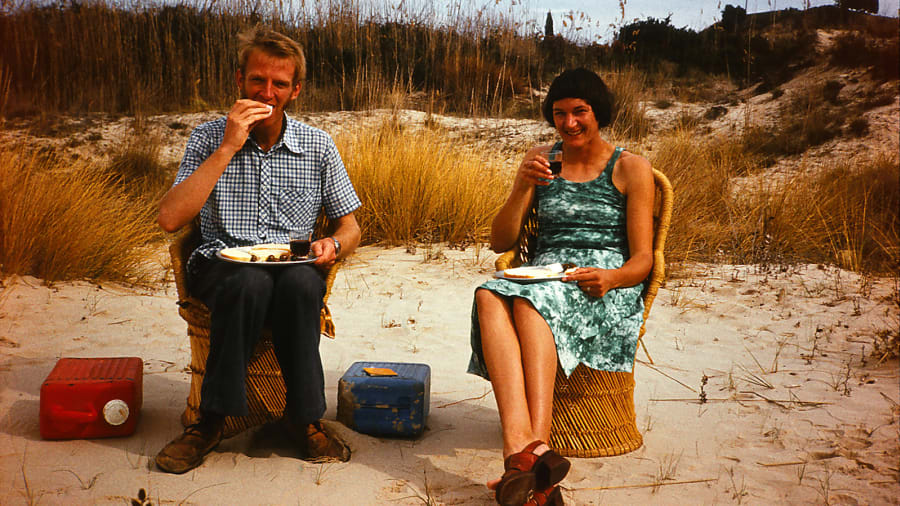
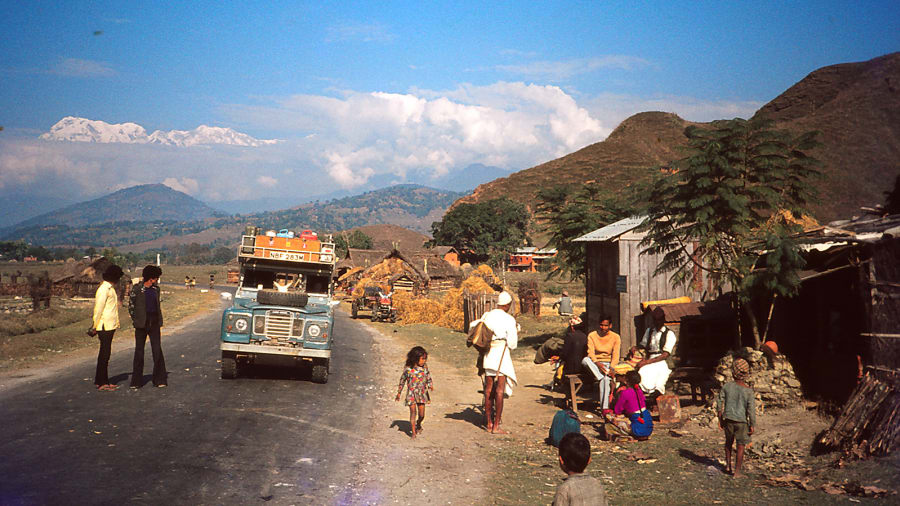
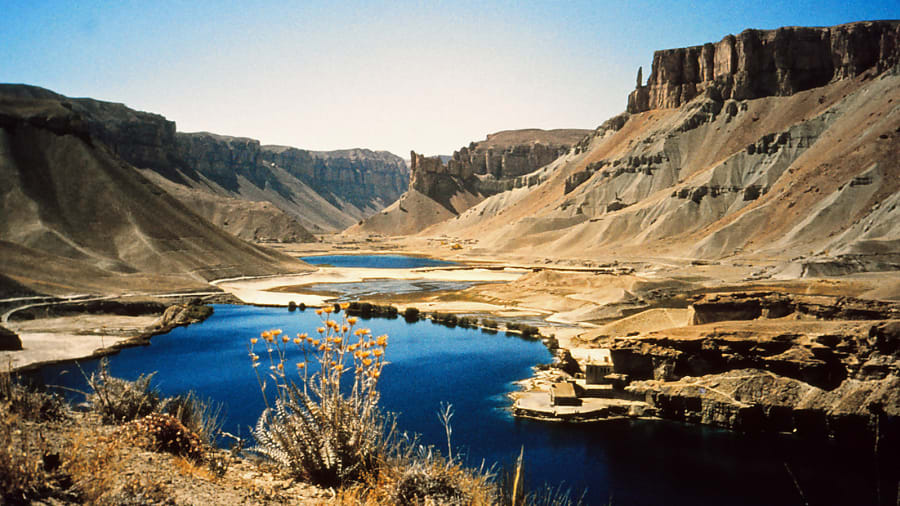
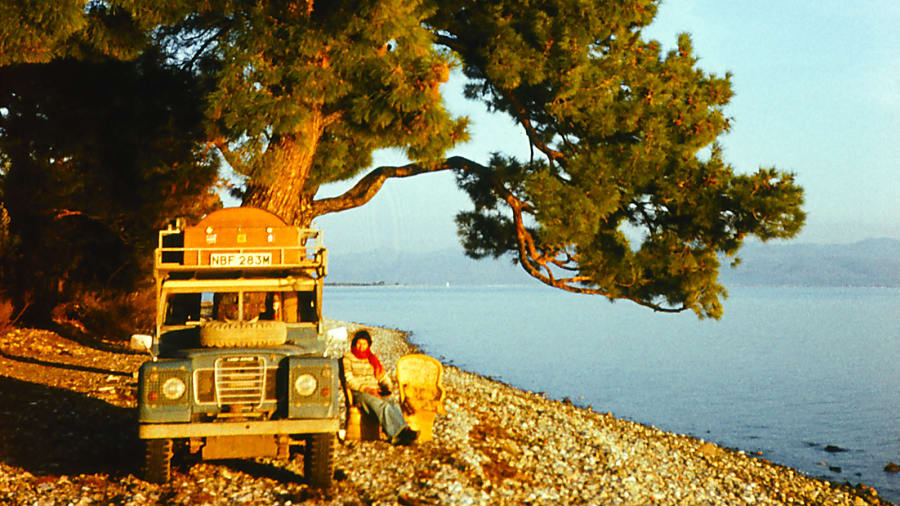
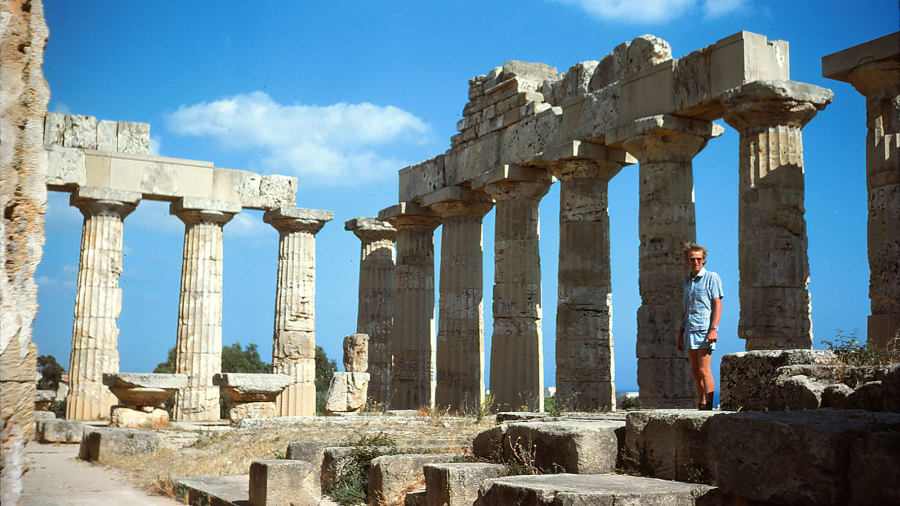
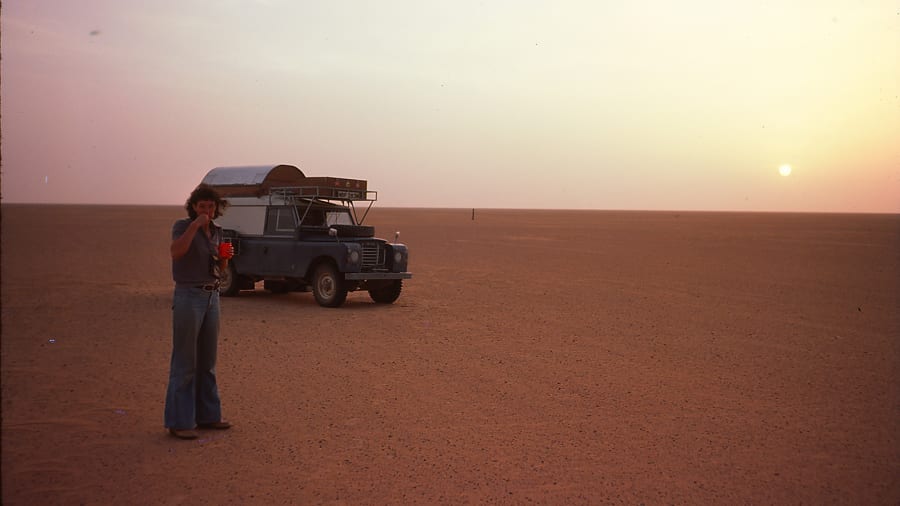

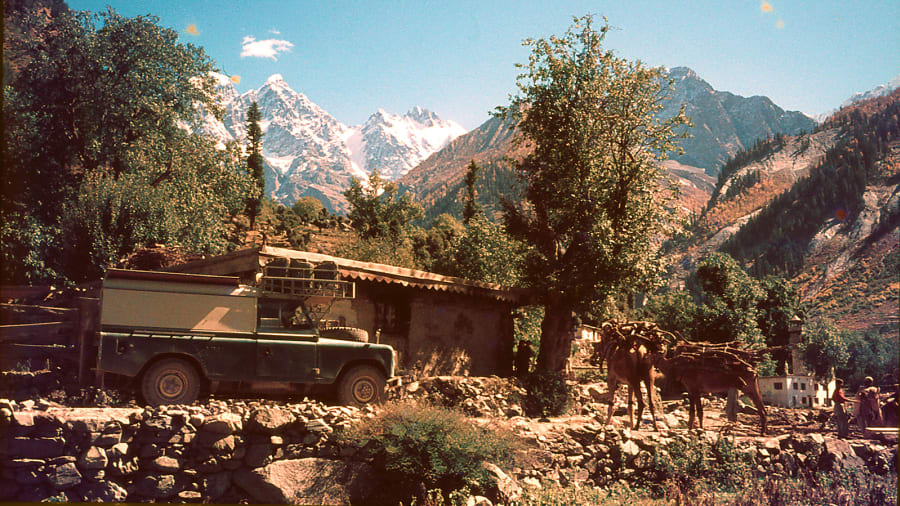
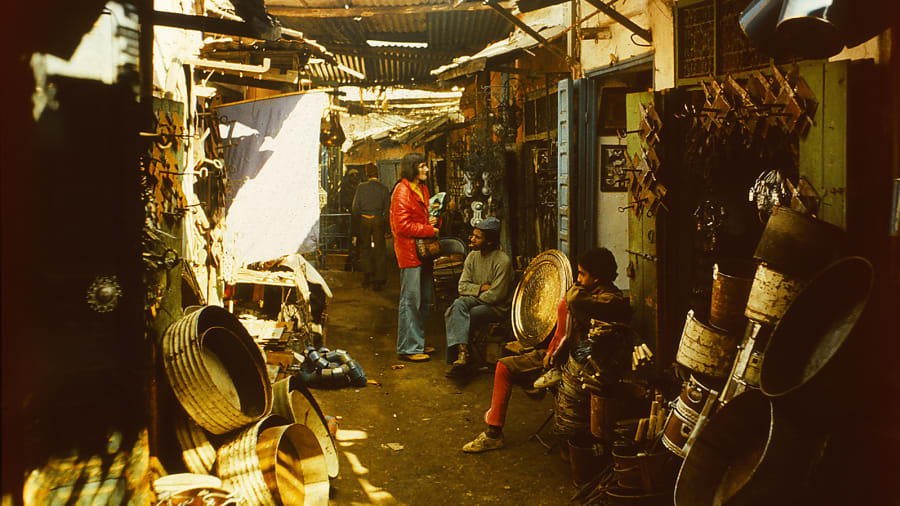
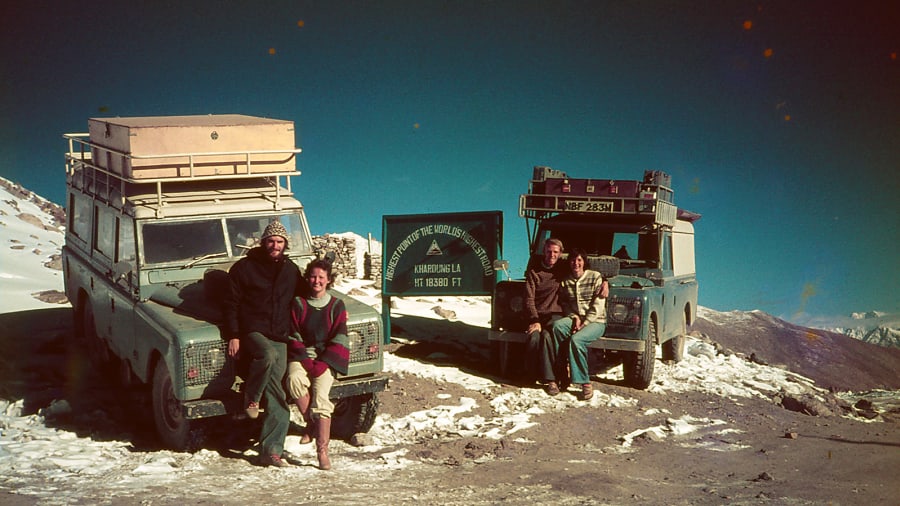
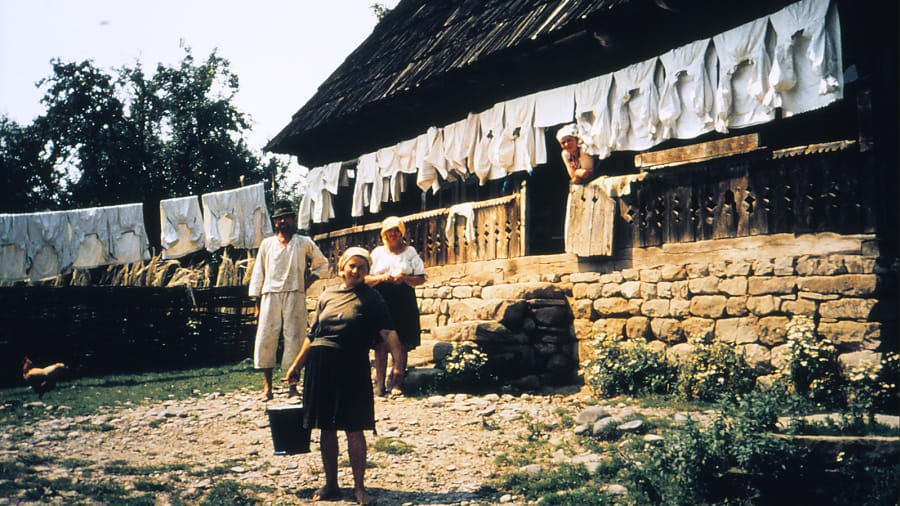
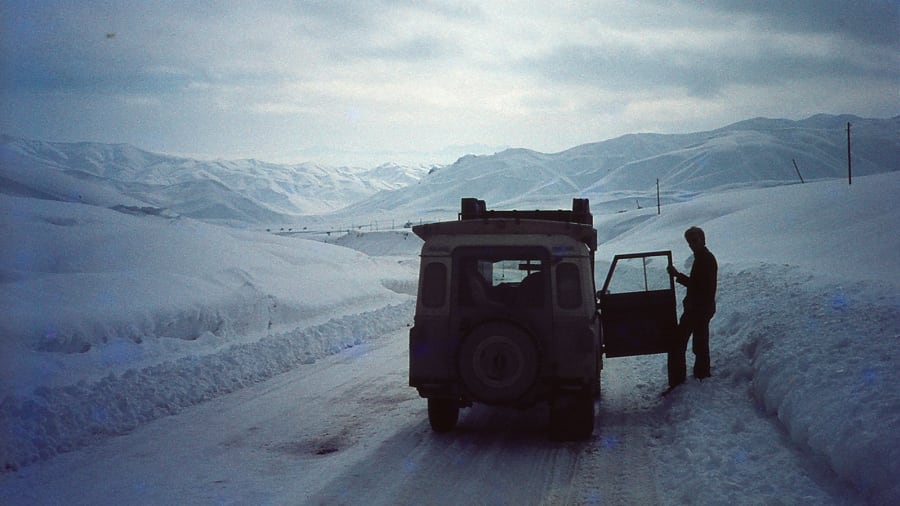
No comments:
Post a Comment